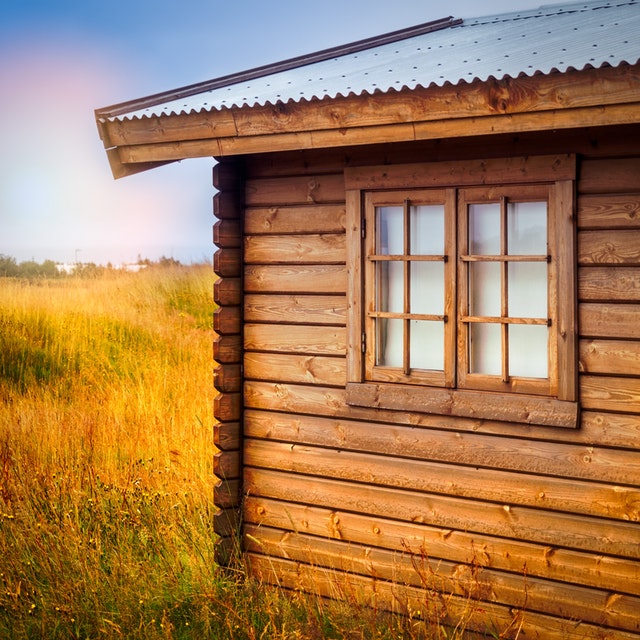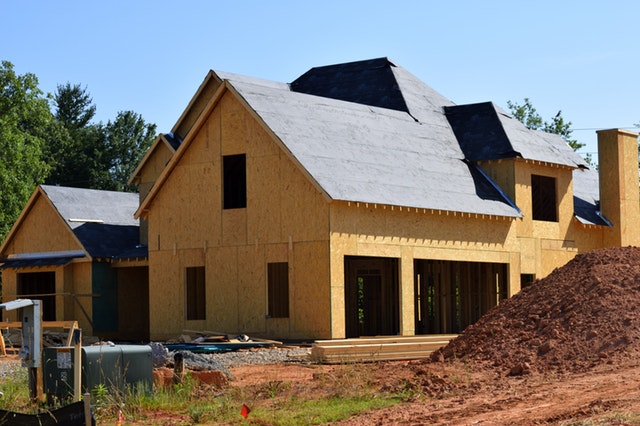Plant Now For Spring Beauty
 While the weather is still pleasant this fall, it can be a good idea to plan ahead for early spring blooms. Trim shrubbery, plant bulbs, install new edging or add whimsical garden accessories to assure that when spring rolls around you’ll have something attractive to look at. Getting creative now will boost your spirits when winter seems to last longer than it should!
While the weather is still pleasant this fall, it can be a good idea to plan ahead for early spring blooms. Trim shrubbery, plant bulbs, install new edging or add whimsical garden accessories to assure that when spring rolls around you’ll have something attractive to look at. Getting creative now will boost your spirits when winter seems to last longer than it should!
Whether you want to beautify for your own enjoyment or spruce up your yard with the intention of listing a home for sale come spring, get a headstart on your goals by taking time now to plan for spring.
Plant Early Spring Flowering Bulbs
If you want a profusion of color in your early spring garden, now is the time to plan for it. Most flowering bulbs require ample in-ground time in order to thrive, so it’s always wise to check with a local nursery before purchasing specific varieties of bulbs. Gardening success depends on adapting to local conditions.
Seek out a qualified expert if you have little experience, and then plan to experiment until your garden grows just the way you want it to. In most areas, the first flowers to bloom include crocus and daffodils, as well as some varieties of tulips.
Plan Your Planting Beds
Depending on your locale, fall can also be a good time to plant new trees and and perennial shrubs. Again, it pays to ask questions and to plan ahead. Even if it’s not the optimal planting season, direct your efforts towards defining planting beds, soil preparation, and various hardscape elements.
Cooler weather brings with it the chance to do some of the “heavy lifting” of landscape design: install brick or stone walkways, dry riverbeds, low stone walls, or decks and patios. By completing these tasks now, when spring arrives you’ll be able to concentrate on the fun parts of landscaping.
Plant an Edible Garden
Growing edible plants is a new trend: Not only are they generally easy to maintain, but the “fruits of your labor” are just as good to eat as they are to look at. A simple 4×4 raised bed garden can supply a wonderful variety of produce throughout the growing season and you’d be surprised as how they help create unique landscape appeal.
Some of the best crops for fall planting include cabbage, kale, broccoli, brussels sprouts and carrots. Even if you don’t eat them, they add a unique dimension to the landscape. Use showy cabbage along a garden path, and plant some carrots among heavier shrubs to create a lighter border.
Just remember that all growing things need a bit of tending to look their best. So be willing to spend a bit of time regularly in the garden — your plants will benefit from the attention, and you’re sure to enjoy it as well!
If you are interested in refinancing your current home or buying a new home, be sure to contact your trusted mortgage professional to discuss financing options.

 What are some of the most important factors that buyers take into consideration when looking for a new home? There are the obvious things like price, square footage, location and lot size. Those are the basics. Other things that are often weighed are garage size, how updated the kitchen and baths are and whether or not the basement is finished.
What are some of the most important factors that buyers take into consideration when looking for a new home? There are the obvious things like price, square footage, location and lot size. Those are the basics. Other things that are often weighed are garage size, how updated the kitchen and baths are and whether or not the basement is finished. In the past, you’ve likely read about how the Millennial generation is opting to rent rather than buy property. While this still holds true for many Millennials, the fact is that a growing number of this generation is making the leap into buying.
In the past, you’ve likely read about how the Millennial generation is opting to rent rather than buy property. While this still holds true for many Millennials, the fact is that a growing number of this generation is making the leap into buying. The housing market has been trending in a positive direction and economic indicators point to new home construction going vertical.
The housing market has been trending in a positive direction and economic indicators point to new home construction going vertical. Homeowners are well aware that peripheral costs swell over time and can put a strain on incomes. Utility bills increase, home insurance creeps up annually and taxes rise with the cost of schools and road repair.
Homeowners are well aware that peripheral costs swell over time and can put a strain on incomes. Utility bills increase, home insurance creeps up annually and taxes rise with the cost of schools and road repair.